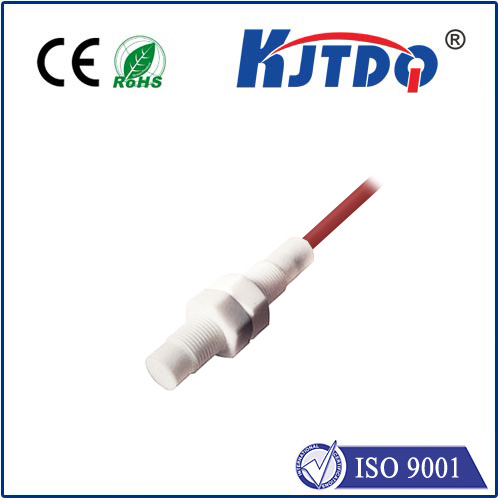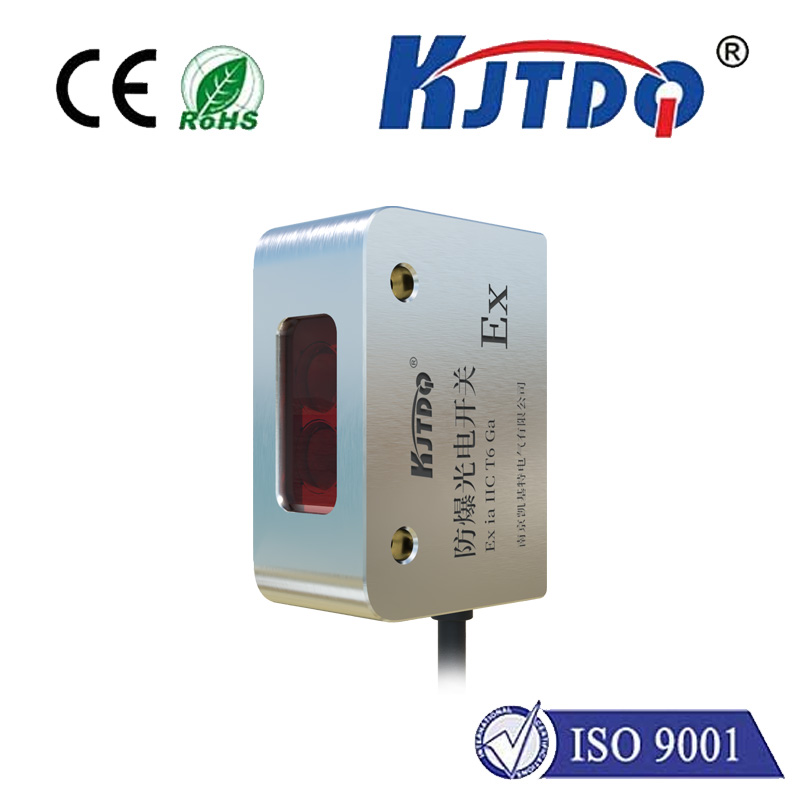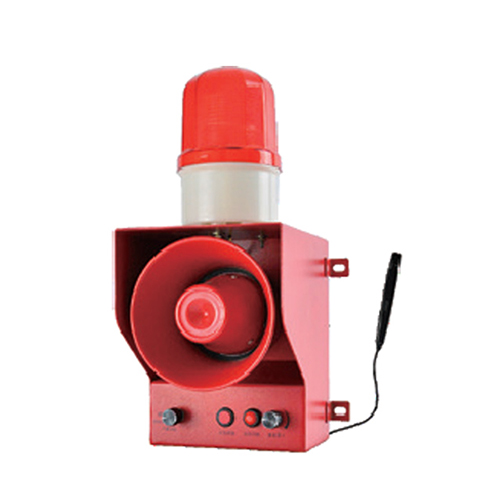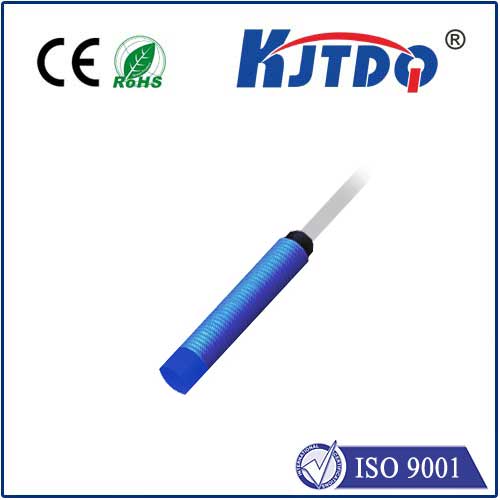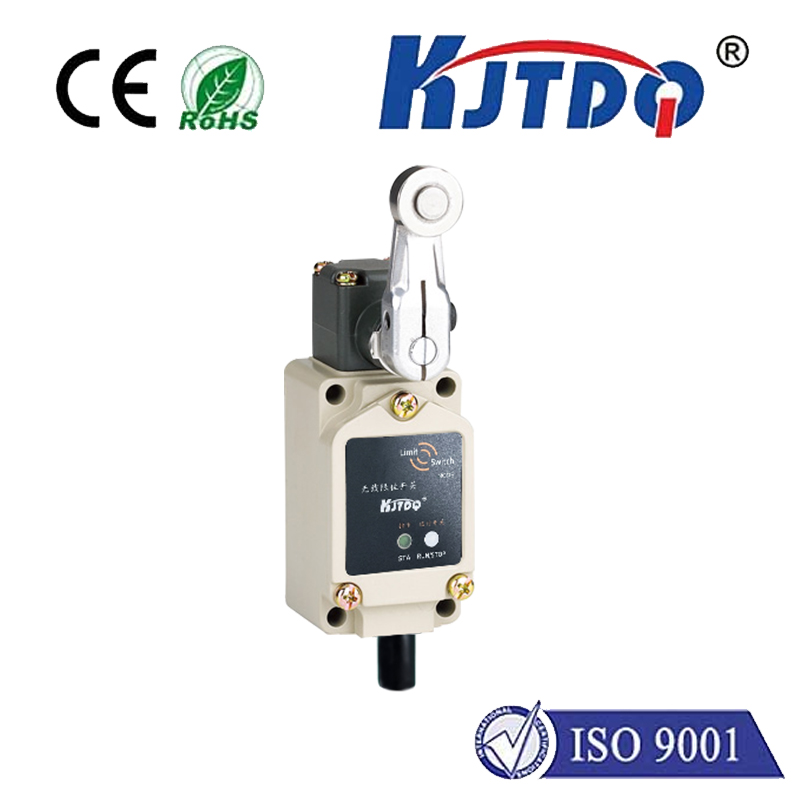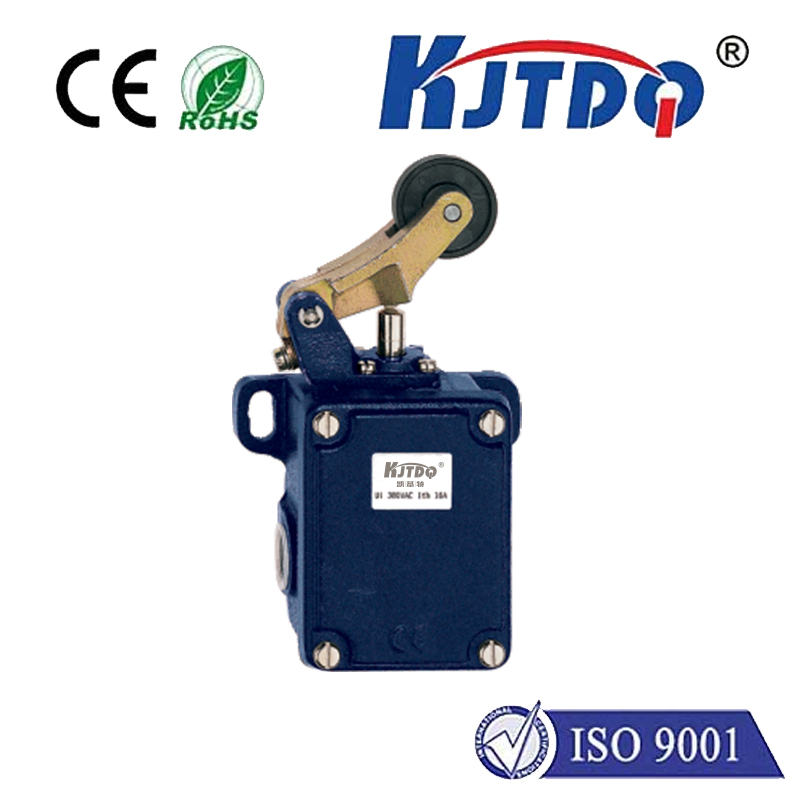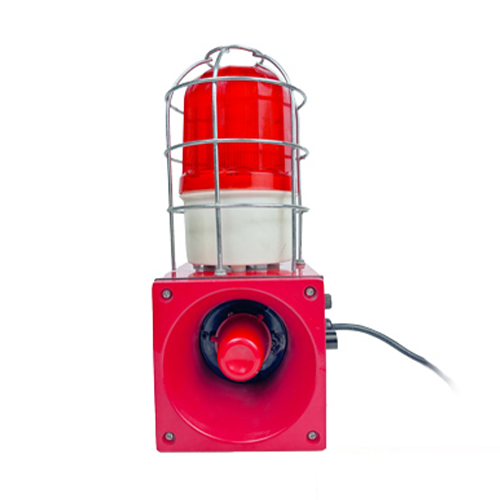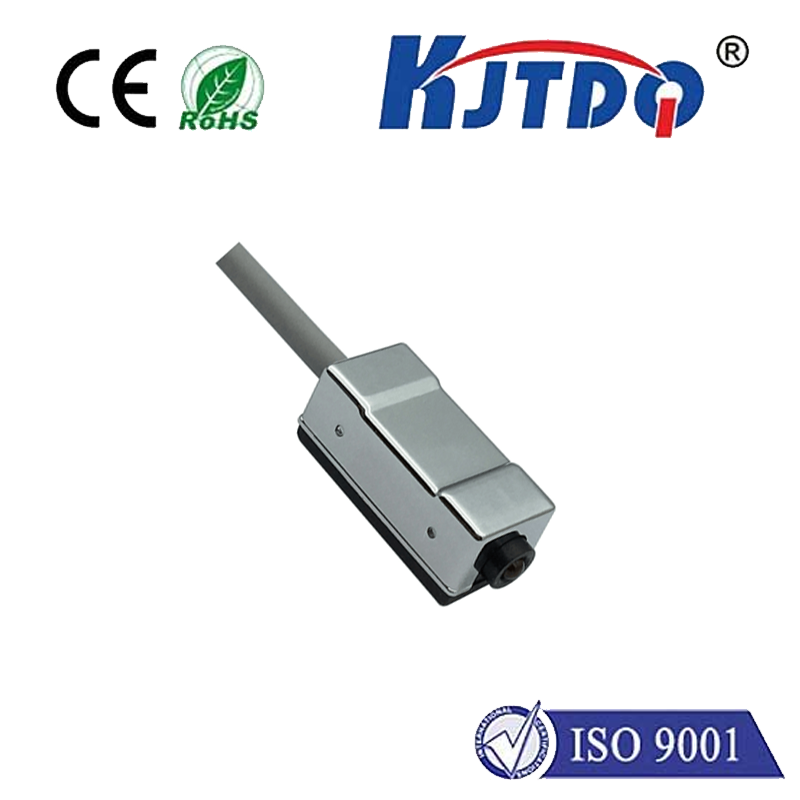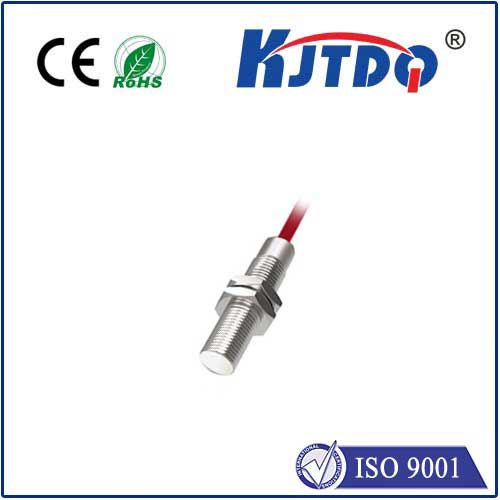pressure sensor
- time:2025-08-19 09:44:54
- Click:0
The Invisible Force Detectors: Understanding How Pressure Sensors Power Our World
Wherever you look in the modern technological landscape, unseen forces are constantly being measured. Fluid levels, airspeed, structural integrity, biological functions – countless processes rely on monitoring the fundamental parameter of pressure. This is where the unassuming yet crucial pressure sensor steps in. Far more than a simple component, this technology is the cornerstone of reliable measurement and control in an astonishing array of industries, from healthcare and manufacturing to automotive and consumer electronics. Understanding how these devices work and their diverse capabilities reveals the invisible infrastructure underpinning much of our daily lives and advanced systems.
What Exactly is a Pressure Sensor?
At its core, a pressure sensor is a specialized transducer. Its primary function is to detect an applied force (pressure) exerted by a gas or liquid and convert this physical quantity into a usable output signal, typically electrical. This output signal – be it voltage, current, frequency, or digital data – is proportional to the pressure applied. Think of it as a sophisticated translator, turning the language of physical force into the language of electronics, which control systems and computers can understand and act upon.

Demystifying the Core Principle: How Do They Work?
While diverse technologies exist, most pressure sensors rely on a fundamental principle: measuring deflection. Here’s a simplified breakdown of the common process:
- The Sensing Element: This is the heart of the sensor, typically a thin diaphragm made from materials like silicon, stainless steel, or ceramic. This diaphragm is exposed to the pressure medium on one side.
- Pressure Application: When pressure (P) is applied, the diaphragm flexes or deforms minutely. The amount of deflection is directly proportional to the magnitude of the applied force.
- Transduction: This physical deflection must be converted into an electrical signal. This is achieved through various transduction mechanisms:
- Piezoresistive: The most common type. Uses silicon diaphragms with embedded strain gauges (resistors). As the diaphragm bends, the strain gauges deform, changing their electrical resistance. This change in resistance is measured and converted into an output signal. Highly sensitive and widely used.
- Capacitive: The diaphragm forms one plate of a capacitor, with a fixed base plate forming the other. Deflection changes the distance between the plates, altering the capacitance. This change is then measured electronically.
- Piezoelectric: Utilizes materials (like quartz) that generate an electrical charge when mechanically stressed by the diaphragm deflection. Often used for dynamic pressure measurements.
- Resonant: Involves a resonator (like a wire or quartz crystal) whose resonant frequency changes when strained by the diaphragm under pressure. Frequency change is measured.
- Optical: Measures changes in light intensity, wavelength, or phase caused by pressure-induced deformation in optical fibers or other structures.
- Signal Conditioning: The raw electrical change from the transduction mechanism is usually weak or non-linear. Onboard electronics (the signal conditioning circuitry) amplify, filter, linearize, and sometimes digitize this signal to make it robust, accurate, and ready for use by external systems.
- Output: The final conditioned signal is transmitted. This could be:
- Analog: Voltage (e.g., 0-5V, 0-10V) or Current (e.g., 4-20 mA) signals.
- Digital: Protocols like I2C, SPI, CAN bus, or Modbus, often incorporating diagnostics and calibration data.
A Spectrum of Solutions: Key Pressure Sensor Types
No single pressure sensor fits every need. Different applications demand variations in technology, range, media compatibility, and environment:
- Absolute Pressure Sensors: Measure pressure relative to a perfect vacuum (zero pressure reference). Essential for applications like barometric pressure measurement (weather stations, altimeters) or processes requiring vacuum levels.
- Gauge Pressure Sensors: The most common type. Measure pressure relative to the local atmospheric pressure at the sensor location. Used for tire pressure monitoring (TPMS), fluid tank levels, pump monitoring, and blood pressure cuffs.
- Differential Pressure Sensors: Measure the difference in pressure between two points. Critical for applications like filter monitoring (clog indicates pressure drop), flow measurement (using Bernoulli’s principle across an orifice), or leak detection.
- Sealed Gauge Pressure Sensors: Similar to gauge pressure sensors but reference a fixed, sealed pressure (not atmospheric, which changes). Useful where atmospheric variations need to be ignored.
- Vacuum Pressure Sensors: Specifically designed to measure pressures below atmospheric pressure.
Where the Force is Measured: Ubiquitous Applications
The pressure sensor is truly pervasive. Its role is indispensable in:
- Automotive & Transportation:
- Tire Pressure Monitoring Systems (TPMS): Enhancing safety and fuel efficiency.
- Engine Management: Monitoring manifold absolute pressure (MAP) for optimal air-fuel mixture, fuel rail pressure, oil pressure, and brake fluid pressure.
- Emissions Control: Monitoring exhaust gas pressure.
- HVAC Systems: Regulating cabin pressure and airflow.
- Industrial Automation & Process Control:
- Monitoring pressures in pipelines, boilers, reactors, and hydraulic/pneumatic systems.
- Ensuring safe operating conditions.
- Controlling fluid flow rates.
- Predictive maintenance by detecting abnormal pressure drops (e.g., clogged filters).
- Healthcare & Medical Devices:
- Patient Monitoring: Blood pressure (invasive and non-invasive), respiratory pressure.
- Diagnostic Equipment: Blood analyzers, dialysis machines.
- Infusion Pumps: Precise fluid delivery control.
- Ventilators: Monitoring and controlling airway pressure.
- Consumer Electronics:
- Smartphones & Wearables: Altimeters for fitness tracking and GPS enhancement, barometers for weather forecasting.
- Drones: Altitude hold and stabilization.
- Smart Home Appliances: Washing machines, dishwashers, coffee makers monitoring water levels/pressure.
- Aerospace & Defense:
- Altitude measurement (pitot-static systems).
- Cabin pressure control.
- Engine monitoring.
- Wind tunnel testing.
- Environmental Monitoring:
- Weather stations (barometric pressure).
- Water level monitoring.
Selecting the Right Sensor: Key Considerations
Choosing the optimal pressure sensor requires careful evaluation:
- Pressure Range: What are the minimum and maximum pressures it needs to measure accurately?
- Pressure Type: Is Absolute, Gauge, Differential, or Vacuum measurement required?
- Media Compatibility: Will the wetted parts (diaphragm, seals) come into contact with aggressive fluids, oils, gases, or chemicals? Material selection is critical (e.g., stainless steel, Hastelloy, ceramics).
- Operating Temperature: What temperature range must the sensor withstand? Does this affect accuracy? Is temperature compensation needed?
- Accuracy & Stability: What level of precision is required? How does accuracy drift over time or temperature?
- Output Signal: Analog (voltage/current) or Digital? What interface/protocol is needed?
- Environmental Conditions: Exposure to vibration, shock, humidity, EMI/RFI? Requires appropriate housing and protection (IP ratings).
- Size & Form Factor: Physical constraints for installation?
- Cost: Balancing performance requirements with budget.
From ensuring the air in our car tires is safe to enabling life-saving medical interventions and optimizing complex industrial processes, pressure sensors operate silently and efficiently behind the scenes. Their ability to precisely translate the physical force of pressure into actionable data makes them an indispensable tool across countless fields. As technology continues to advance,












